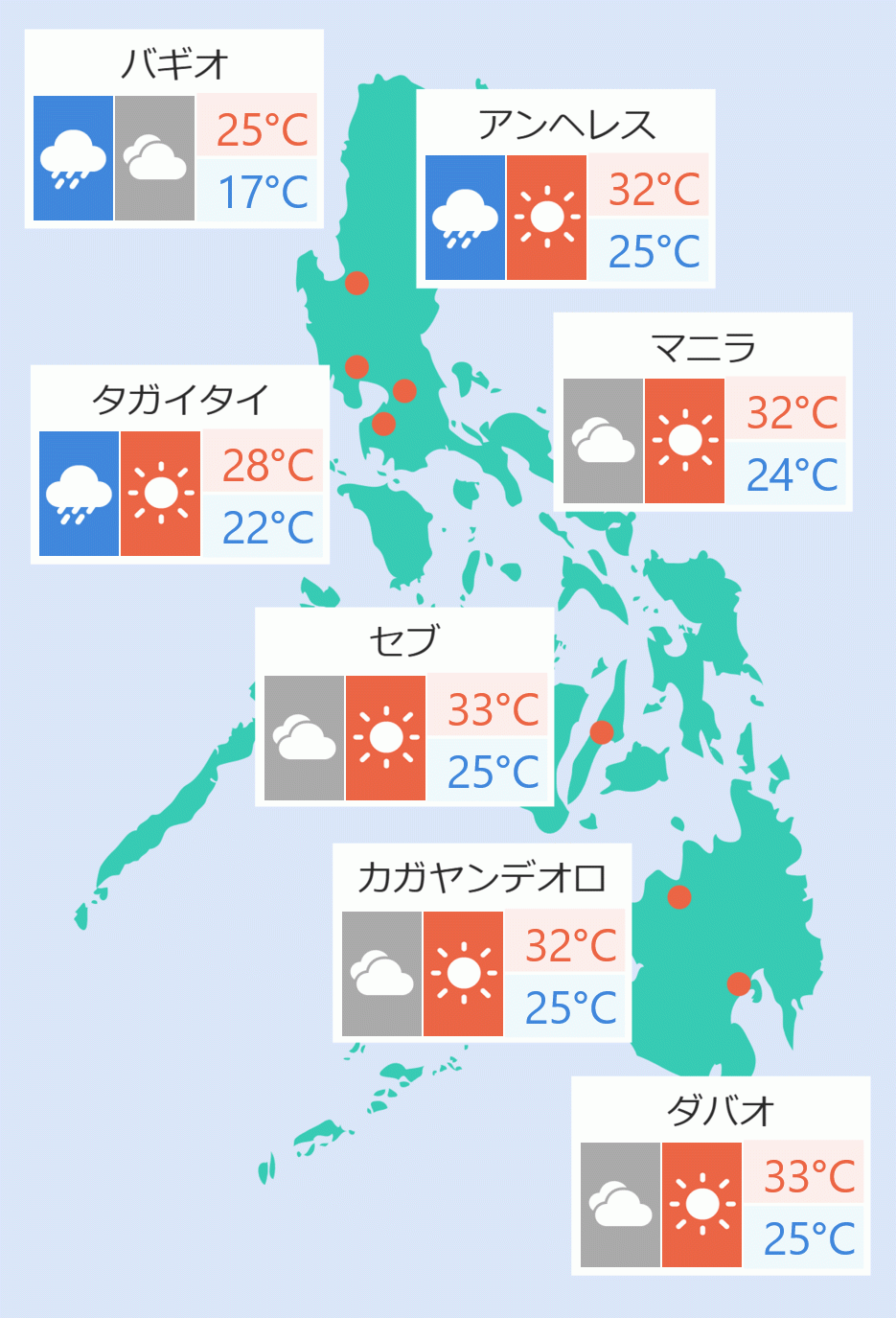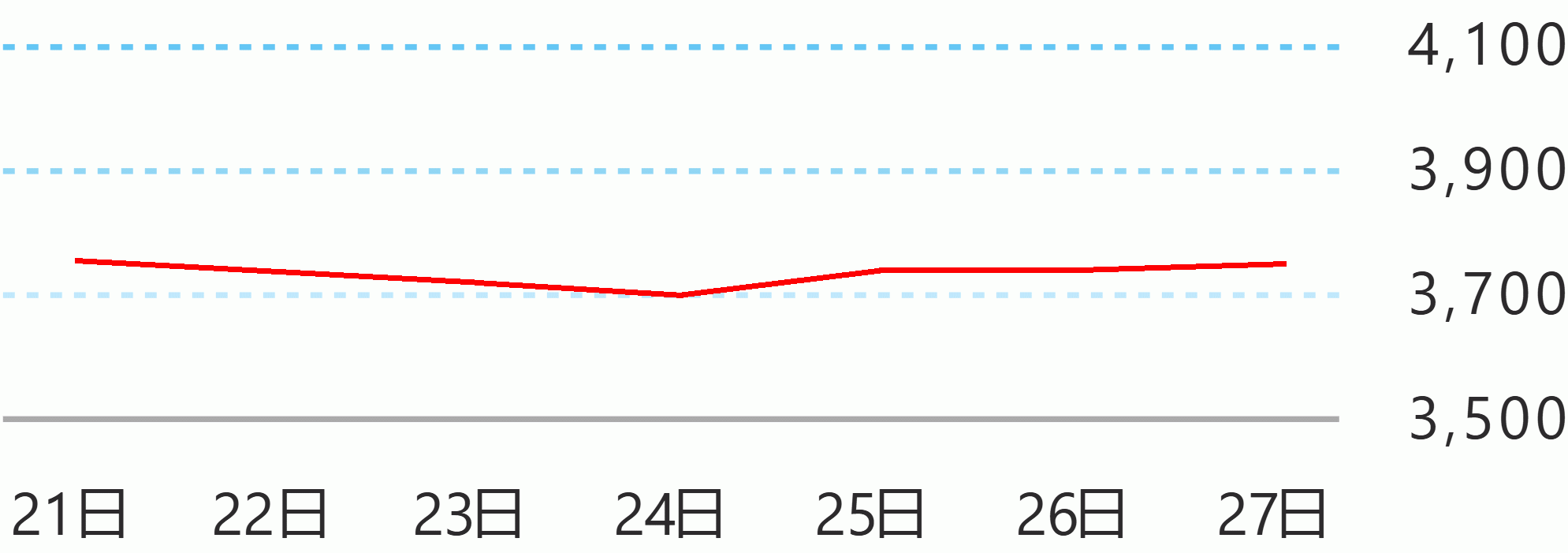The President Elpidio Quirino Foundation and the Kano Art Promotion Foundation recalled the events leading up to Quirino granting pardons to 105 Japanese prisoners of war 70 years ago.
Aleli Angela Quirino, niece of President Elpidio Quirino, and head of the Elpidio Quirino Foundation narrated how her uncle was initially reluctant to forgive Japanese war prisoners even after a Japanese priest “appealed to his Christianity”
The priest, who was serving Japanese prisoners detained at Muntinlupa, had asked Antonio, her father, to request a meeting with Quirino.
“History has recounted how President Quirino lost his wife, three children, and five members of his wife’s family…A tragedy that would harden the heart of an ordinary man. But President Quirino was an extraordinary man and forgiveness was in his nature,” Aleli said, speaking at the Muntinlupa Museum.
“It took Antonio a while to heed the request of the priest. The first meeting was strained and President Quirino wasn’t open to granting a pardon despite the good priest’s appeal to his Christianity,” she said.
“Several meetings took place, until one day, President Quirino called Antonio and told him to bring the representative of the Japanese government to Malacanang Palace. There, without any fanfare or media coverage, President Quirino informed the representative that he was granting pardon which he thereafter officially announced from his hospital bed,” she added.
She said Tatsuo Kano, a Japanese painter who sent petition letters asked him to “forgive the unforgivable”.
“Due in part to the appeal of the priest and to Tatsuo Kano’s persistence, President Quirino granted clemency to the convicted Japanese prisoners. The clemency commuted their death sentence to life imprisonment to be served out in Japan under certain conditions,” Aleli said.
After Quirino granted clemency to Japanese war prisoners, the National Diet of Japan passed a resolution expressing their “deep gratitude” to the Philippine government.
Aleli said this act of forgiveness had set an example for her family and Filipinos, but it made him less popular among voters in the 1953 presidential election.
“To this day, there was never a word uttered against Japan and the Japanese people,” she said.
“Certainly, It was not the right decision then for a politician seeking a popular mandate in an election bid. President Quirino may have paid the price, but the people of the Philippines and Japan now enjoy the fruits of this sacrifice,” she added.
“Seventy years have now passed and we continue to pray for blessings of peace and friendship between the Philippines and Japan,” Aleli said.
She said a memorial marker has been built in Hibiya Park in Tokyo to commemorate the friendship between the two countries.
Kayoko Kano, daughter of Kano and representative of the Kano Art Promotion Foundation, recounted how she witnessed her father’s hardships in sending letters to Quirino.
“Seeing Quirino’s tomb brings back so many memories. Actually, I’ve been accompanying my father whenever he sent petition letters to President Quirino. My father has started petitioning since I was four years old and I would always join my father in riding a train from our countryside to Tokyo,” Kayoko told reporters.
Kayoko said that she has been communicating with the Quirino family for eight years to discuss the late President’s legacy of peace but they do not have any joint programs yet.
However, she said she has been successful in teaching Japanese students about the presidential pardon of Japanese war prisoners and the interaction between Quirino and Kano and including them in history textbooks.
In a ceremony, the Embassy of Japan turned over a black and white photo of Kano meeting the Quirino family for the first time in 1955 at the Imperial Hotel in Tokyo, to the Muntinlupa Museum.
Ambassador Kazuhiko Koshikawa, Kayako, and Muntinlupa Mayor Rufino Biazon took part in the ceremony. Jaspearl Tan/DMS





 English
English









